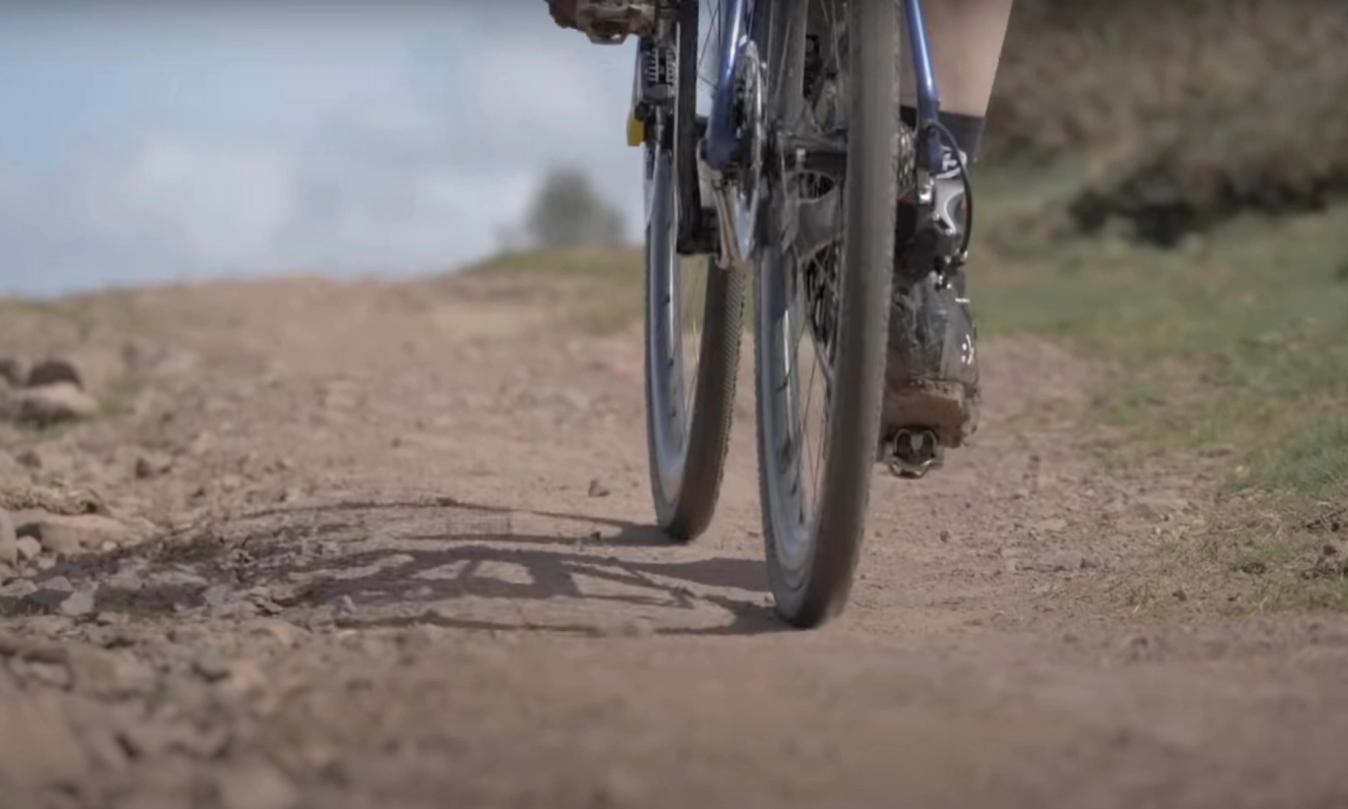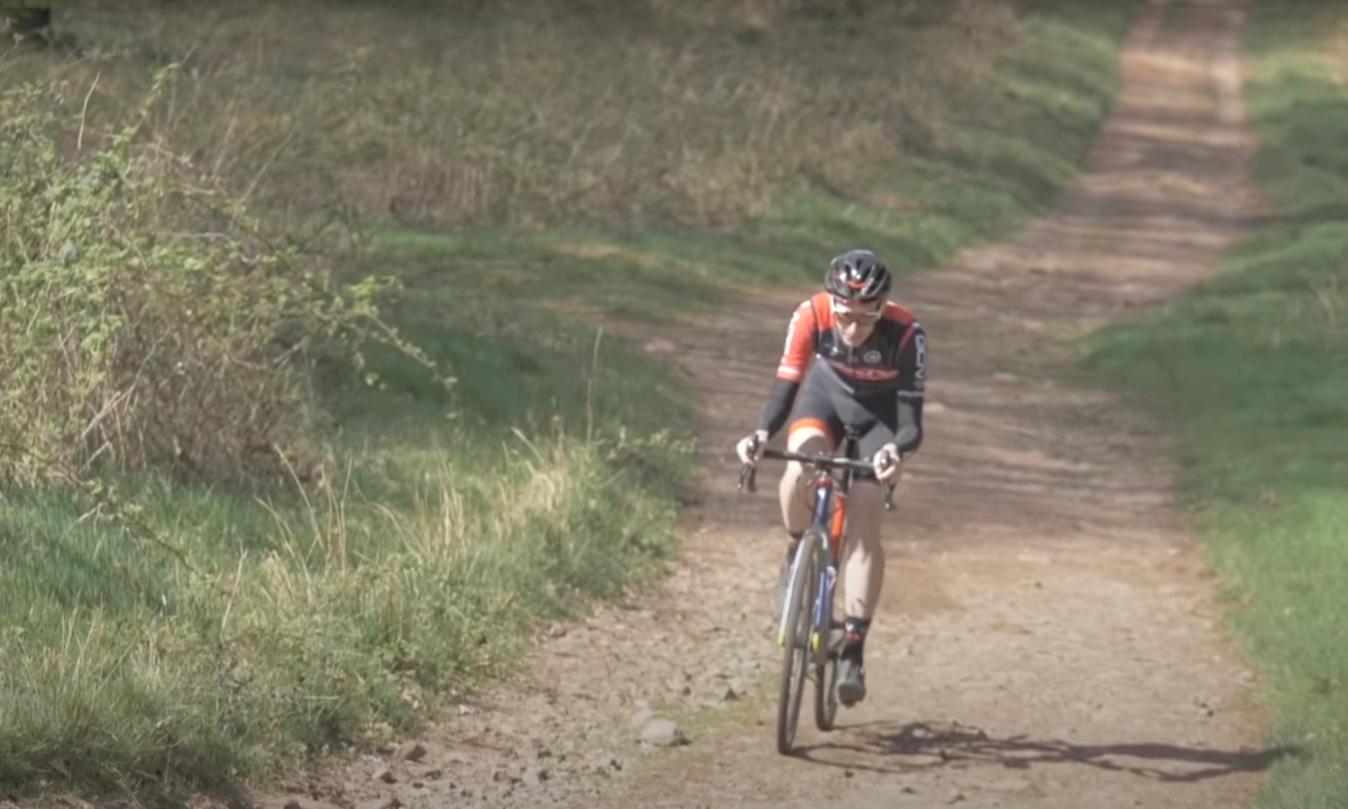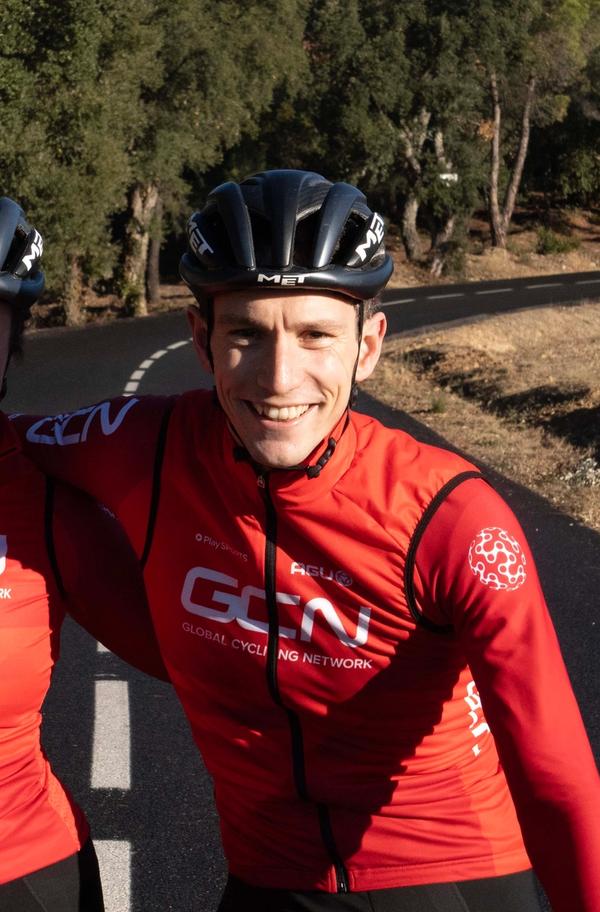Everything you need to know to start riding gravel
If you're new to gravel riding, these are the skills and tips you'll need to make the most out of your ride
Alex Hunt
Junior Tech Writer
If you've spent a lifetime riding on paved roads then jumping over to gravel requires a bit of adaptation. Pure fitness alone won't be enough to see you through a ride and gravel riding requires techniques and skills that may be new to you if you've never ventured off the tarmac before.
Don't let that put you off, though, as gravel riding is incredibly fun, blending the speed and efficiency of road riding with the exhilaration of mountain biking into one hybrid package that will leave you wanting more.
Following these key bits of advice will ensure you get the most out of all your gravel rides.
Is gravel riding harder than road riding?
It's an unavoidable reality that heading onto unpaved roads is going to be harder and slower than riding on tarmac. The added resistance of the surface paired with the wider tyres and lower tyre pressures, not to mention the typically more challenging terrain, all slow you down.
This is not a bad thing. Just ask any mountain biker how much fun they had on a ride that averaged under 10mph. However, it does mean that you'll need to factor in the slower terrain when planning a ride. 100 miles on gravel is going to feel a lot tougher than 100 miles on tarmac. It is also going to take a lot more time.

© GCN
Unpaved surfaces are harder going and slower rolling than tarmac, something that needs to be factored in to route planning
When planning a ride, you should expect to cover between 65% to 70% of the distance you typically would on the road for any given duration of time. The best tip is to start off by incorporating smaller sections of gravel into road rides until you get a better feel for it.
Planning ahead
There is no time to relax and switch off when riding gravel. Unlike on the road, where the surface is uniform and predictable, riding on gravel is an ever-changing environment. You always need to be looking ahead to find the path of least resistance. That means hunting out the hardest surface which will be the most efficient way to move.

© GCN
Looking down at your front wheel leaves you with little time to react to what is coming up
It will take some practise to build up enough experience of different surfaces and how they look, but the more you do it, the more natural it will become. A good rule of thumb is to look roughly two seconds ahead of where you are. Any closer than this and you'll not have enough time to react to any obstacles. Bringing those eyes up and giving yourself the time to plan ahead is key to efficient gravel riding.
Mastering gravel corners
Something that differs massively from road to gravel is your line choice through corners. On the road you want to start wide, cut in to the apex of the corner before running wide on the exit. This works because the surface is predictable. As soon as we jump on to loose surfaces, cornering is all about finding the most grip on offer rather than the typical line.
If you corner on gravel like you do on the road, you'll most likely end up crossing sections of incredibly loose gravel at the point you need the most grip. This will ultimately leave you crawling around the corner or crawling to pick up your bike.

© GCN
Creative line choices through loose corners are faster than a typical 'road' line
The safest line through a loose gravel corner is to hug the inside line from entry to exit. This is the most predictable line and although it might not feel that fast, it will keep you flowing through the turn. Alternatively, if you are feeling confident, you can build up to dynamic cornering, where you purposefully unweight the bike as you cross the looser surface to prevent a washout.
How best to climb on gravel
This is another skill that mountain bikers are annoyingly good at. Climbing on gravel is all about maximising traction. As you're climbing at lower speeds on a gravel bike, any wheel spin could spell disaster, forcing you to dismount and push your bike.

© GCN
Staying seated with your chest close to the bar with a smooth pedal stroke is the most effective way to climb on gravel
The first thing to bear in mind is that riding in the saddle is always preferred to riding out of the saddle. The dynamic motions of riding out of the saddle encourage the tyres to break traction. When you pedal out of the saddle, the motion can be quite punchy with pulses of high power. This is something you want to try and avoid.
When climbing in the saddle you should make a conscious effort to pedal in continuous circles. The smoother you pedal and the more consistent your power delivery, the less chance you have of losing grip and spinning out.
Braking
Continuing on with the theme of reduced traction, we need to address how to brake. On the road you can get away with pulling the brakes at any point and not suffer all that much as a consequence. On gravel, skidding is considerably easier and as a result, braking should always be done early so that you can brake without the need to skid and whilst only travelling in straight lines.
.jpeg?w=1348&auto=format)
© GCN
Braking whilst turning is a surefire way to end up on the deck
As you get to grips with braking on gravel, it's possible to use the rear brake through corners to control your speed. However, as soon as you start to turn, the front brake should not be used. Tyres are incredibly advanced bits of tech but they are only good at doing one thing at a time. Washing out and crashing is often a result of asking the tyre to do too many things at once. The best practice is to keep braking and cornering separate.
Equipment choice and set-up
The first and quite possibly the most important thing to look at on a gravel bike is tyre choice. A wider tyre gives you more contact with the ground, which means you'll be sitting on top of the surface rather than cutting through it, especially on larger chunks of gravel. Wider tyres also allow you to run lower pressures which improves comfort by adding some 'squish' to your ride. It also decreases the risk of punctures.
The type of tyre you choose is ultimately based on the type of riding you do. If you ride on muddier areas of gravel, something with a more pronounced tread will give you grip and support but will roll slower than a file tread or slick tyre. Most brands have a guide on what each of their tyres are designed for to allow you to match it to the terrain.

© GCN
Wide tyres are a must for gravel but the tread pattern is based more on the terrain you want to ride
Something else to consider is the gearing you use. We have seen that as gravel has evolved, the gearing fitted to bikes has started to change. Most modern gravel bikes now have a single chainring and a 12-speed cassette.
For racier gravel bikes, a wider ratio road cassette with a maximum sprocket of 36 teeth is more than enough. At the more adventurous end of the spectrum, gravel bikes are fitted with mountain bike gearing giving a maximum sprocket size of 52 teeth. These hybrid groupsets have become commonplace, allowing a huge spread of gear ratios.
If you want to explore more gravel bike tech, head over to our pro bike section where you can take a closer look at some pro gravel bikes and see how they set their bikes up.











